Much has been made of Greece’s economic woes, but when I traveled there last September—an ideal month to visit, when temperatures were still in the 80s and crowds were less overwhelming—unlike the media’s grim portrayal, I saw few crisis conditions. Hotels were sold out, ferries brimmed with suitcase-lugging passengers, and the flights—both international and island hoppers—were full. “The Parthenon—does she not still stand?” an exuberant taxi driver reassured me on the way to my hotel from the Athens airport. My visit would be yet another memorable odyssey through a land of timeless history, beauty, and φιλοξενία, or philoxenia (meaning “hospitality”)—all enhanced by the Greek people I met along the way.
I scheduled a few extra days to experience Athens, a city few consider beautiful but one I’ve come to love for its plethora of classic sites and museums: It possesses one of the world’s richest collections of antiquities. The incomparable Acropolis Museum, in the shadow of the Acropolis, picks up where the more old-school National Archeological Museum leaves off—both treasure troves of Greek civilization. The Benaki Museum, which is the country’s first private museum and is housed in the Benaki family mansion, acts as a kind of crash course in Greek history, while the wonderful nearby Byzantine Museum is a gem that is commonly overlooked by visitors breezing through town.
In search of Greek cuisine, surely one of the world’s most underrated, we strolled the streets of Athen’s atmospheric neighborhoods, nibbling on countless delectables—from delicate homemade goat yogurt with honey and a scrumptious array of warm-from-the-oven sweets to what must have been the finest souvlaki ever, found at a third-generation hole-in-the-wall. Fresh ingredients, the very basis of the Mediterranean diet, fill the markets—excellent raw and homegrown materials, such as sweet tomatoes from Santorini, thyme honey from the Aegean Islands, and freshly caught fish and olives and extra-virgin olive oil from the Peloponnese peninsula.
The famous Kalamata olive, together with the endless orange groves of Sparta and Argos and the award-winning rolling vineyards of Nemea, have given the Peloponnese a reputation as a Greek Tuscany. Eclipsed by the attraction of the islands, the Wales-size peninsula gets less attention. “This is the real Greece,” friends had told us—and so off we went, choosing to head west of Athens toward Porto Heli by boat, passing the three delightful Saronic Islands of Hydra, Poros, and Spetses, the latter especially popular with well-heeled Athenians.
In addition to beaches, stuck-in-time towns, and culinary delights, the Peloponnese boasts important archeological sites, and Nafplio made a perfect base. A beautiful waterfront town—small, strollable, and with a palm-lined quayside full of cafés and restaurants—in 1833, Nafplio was briefly the first capital of the newly independent Greece. It is less than 2 hours by car from Athens for those who prefer to travel by land, and many visitors come for the day. Mycenae is the reason to visit: As ground zero of a formidable kingdom, it gave its name to a golden period of civilization. The amazingly well-preserved theater of Epidaurus, one of the most magnificent of the ancient world, boasts perfect acoustics and seating for up to 15,000 and is still used today as an evocative venue for summertime performances.
We had saved our island idyll for last. Of the country’s estimated 6,000 islands scattered about the Aegean and Ionian Seas, only 227 are inhabited. A handful are world renowned: Santorini and Mykonos (sister islands in the volcanic whitewashed Cyclades group) are among the most visited, while other contenders such as Rhodes, Corfu, Crete (the largest and southernmost island in Greece), Naxos, and Paros share much of the limelight. Having happily visited these perennial favorites over the years, this time I chose tiny Patmos, the 13-square-mile Dodecanese island within sight of the Turkish coast.
The absence of an airport on the island helps keep the crowds at bay, though a flight to the neighboring island of Kos was easy enough, coordinated with the ferry departing for Patmos. In Kos we saw the presence of refuges and migrants who have been living in the headlines of international news. Most are focused on moving north, aware of Greece’s unemployment woes and determined to reach Germany and its northerly neighbors. North of here, the island of Lesvos has seen the greatest number of arrivals, but visiting tourists remain unaware of much of the situation, as Greek officials and international organizations strive to organize each day’s arrivals and keep complications at bay.
Patmos offered only tranquility. Its landscape can be both wild and dramatic, but also serene, with countless coves and many beaches that invite lazy afternoons. As home to an exiled Saint John, who wrote his Book of Revelation here, one can understand where he found his inspiration. The island has long been loved for its intriguing blend of the sacred with low-key sophistication. The latter is the calling card at the very special 11-room Petra Hotel & Suites, inarguably Patmos’s gem and commonly considered one of the finest boutique hotels in Greece.
For more from Patricia, visit 1000 Places to See Before You Die.


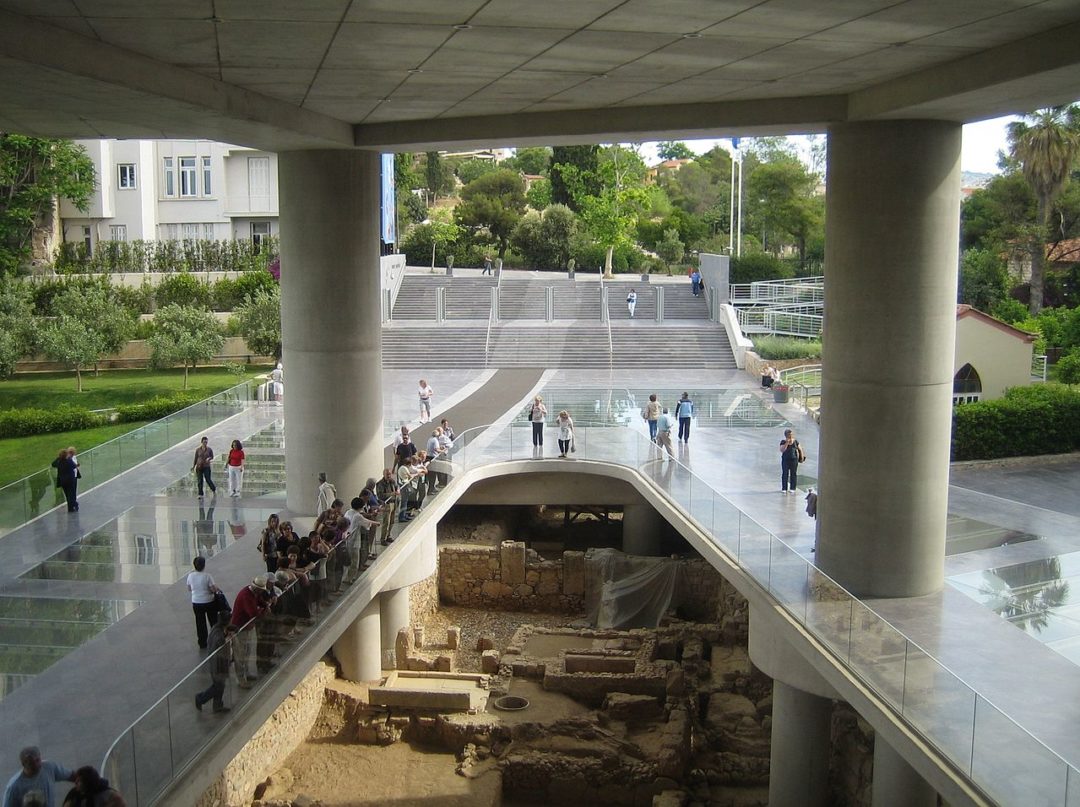

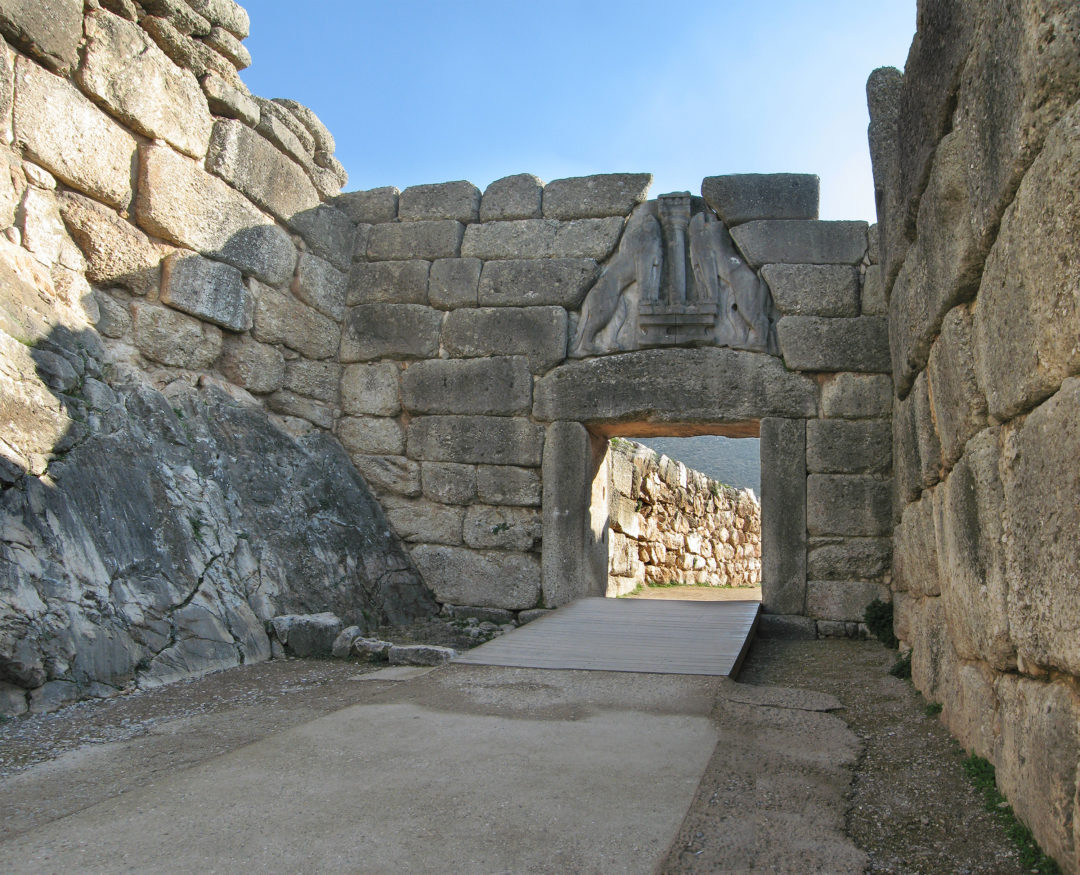
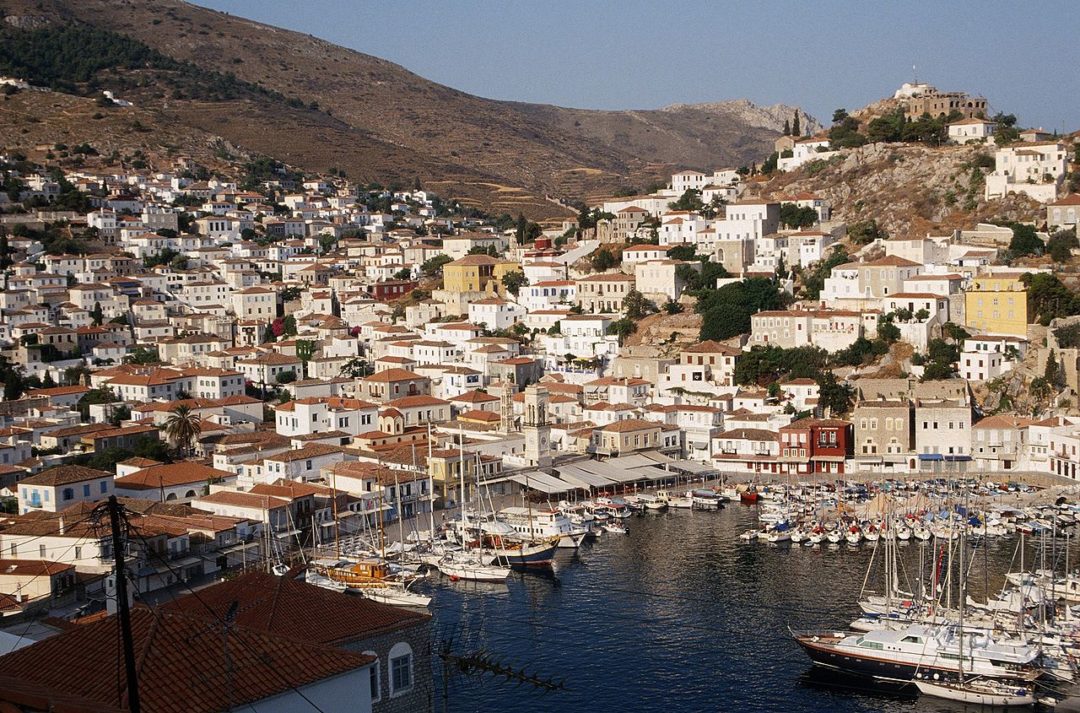
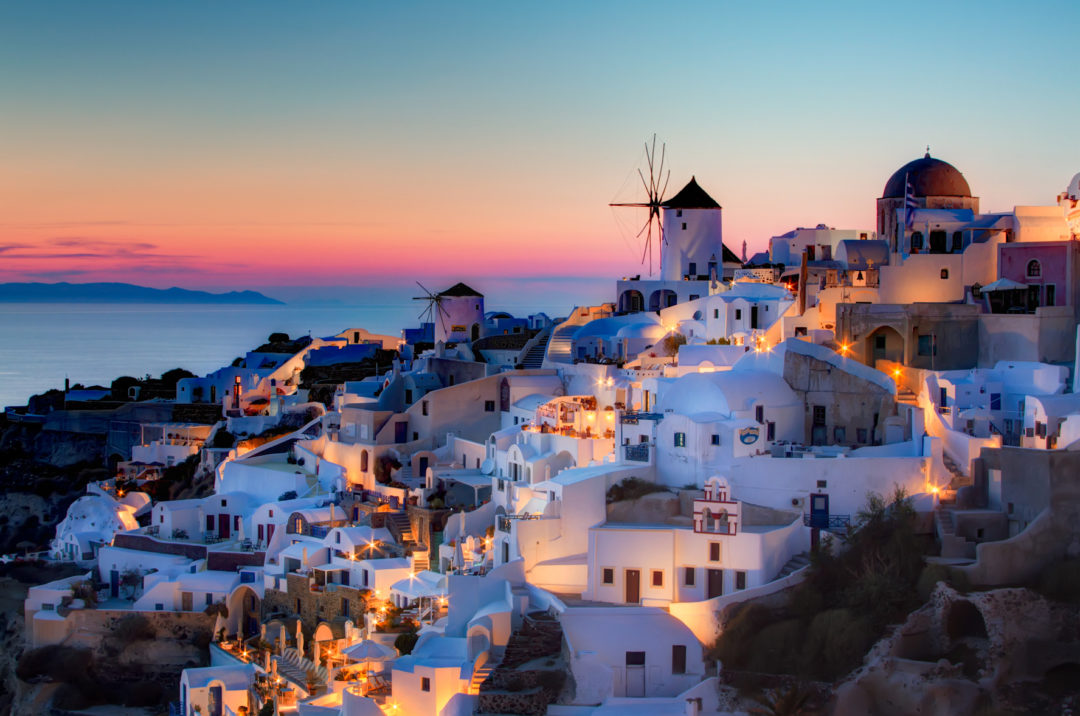



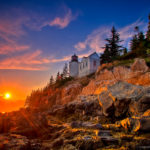
No Comments